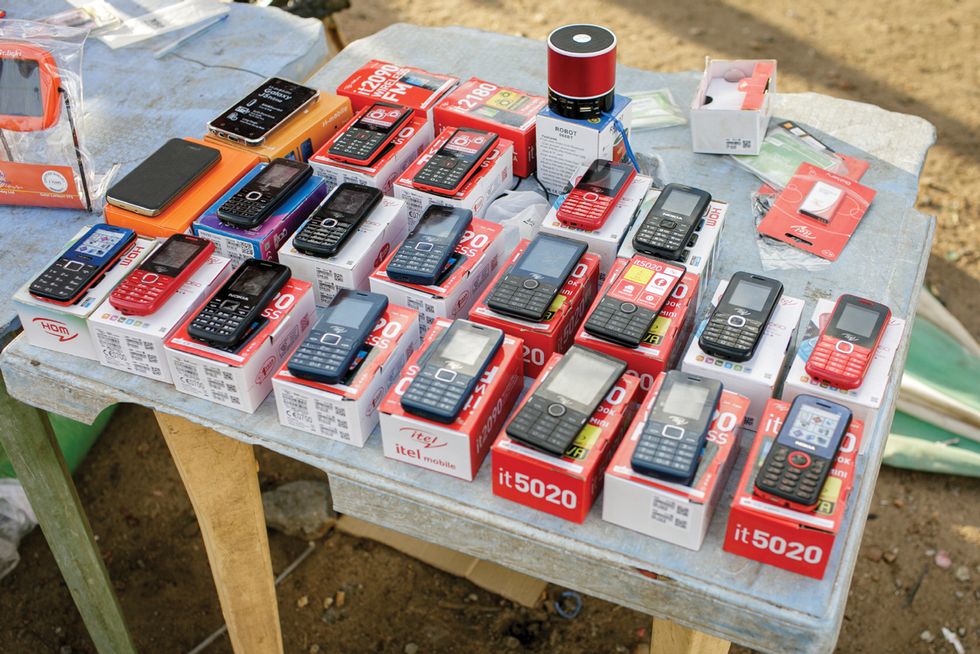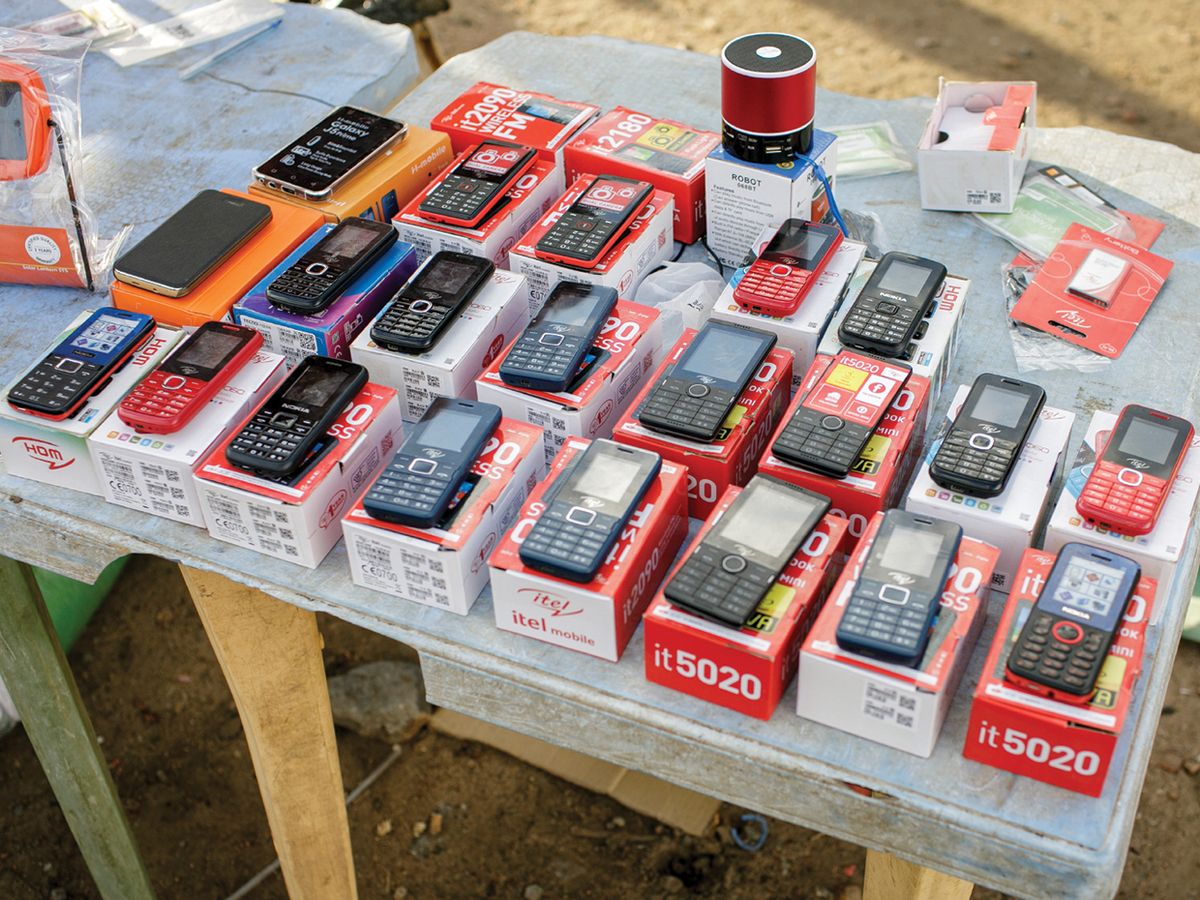
By 2022, forecasters estimate that sub-Saharan Africa will have nearly 1 billion mobile phones—enough for the vast majority of the projected 1.2 billion people who will live there. What it won’t have are the endless streams of telephone poles and wires that cascade across other continents. Development experts call this an example of a “leapfrog technology.” By going straight to mobile, many African nations will be able to skip the step of building extensive and expensive landline infrastructure.
In fact, “some places will go straight to 5G,” says Vincent Kaabunga, chair of the IEEE Ad Hoc Committee on Africa, which has helped craft IEEE’s strategy to increase engineering capacity on the continent. With this kind of leapfrogging, African nations can take the lead in certain types of technological development and deployment, he says. Just look at mobile money: Companies such as M-Pesa sprang up to solve a local problem—people’s lack of access to brick-and-mortar banks—and became a way for people not only to make payments, but also to get loans and insurance. “We’ve refined the concept of mobile money over the last 10 or 15 years,” says Kaabunga, “while other parts of the world are just now coming around to embracing it.”
IEEE and its members in Africa are facilitating the application of new technologies by promoting education and access, says Kaabunga, who also works for a technology consulting firm in Kampala, Uganda. The IEEE in Africa Strategy, launched in 2017, calls for IEEE to support engineering education at every level and to advise government policymakers, efforts that Kaabunga and his colleagues in the region have already begun. For example, they’re currently working with the Smart Africa alliance, an initiative that aims to create standard policies for information and communications technology to enable a single digital marketplace across the continent.
Some governments are particularly aware of the need for more in-country engineering expertise. IEEE is currently concentrating its efforts in five nations—Ghana, Kenya, Rwanda, Uganda, and Zambia—all of which have long-term development plans emphasizing science and technology. These plans call for building human capital in the form of well-trained scientists and engineers, in addition to building fiber-optic broadband networks and clean power plants.
Rwanda is the setting of IEEE Spectrum’s behind-the-scenes report on a drone delivery company. The Rwandan government is trying to modernize its highway infrastructure, but it will be a long process; currently, narrow roads wind through the hilly terrain. Rwandan hospitals needing emergency supplies find that truck deliveries are often too slow for patients who require urgent care.
To address this need, a drone company called Zipline is providing air deliveries of blood to hospitals all across the country, and will soon begin delivering other lightweight medical supplies as well. While Zipline hails from California, it’s dedicated to building up local engineering capacity, and offers extensive training and professional development to its employees in Rwanda. And Zipline is not an anomaly. A vibrant drone startup scene has arisen in East Africa, with local companies finding applications in agriculture, road surveying, mining, and other areas.
Zipline is now expanding its drone delivery services to Ghana. It’s not yet clear how successful the company will be in its attempt to scale up its operations. Zipline’s financials are opaque, and its business model may not be viable without government subsidies. But the company is now working on a demonstration project in North Carolina. Whether or not medical drone delivery works out in the long run, one thing is certain: Africa is trying it first.
This article appears in the May 2019 print issue as “Engineering Change in Africa.”
